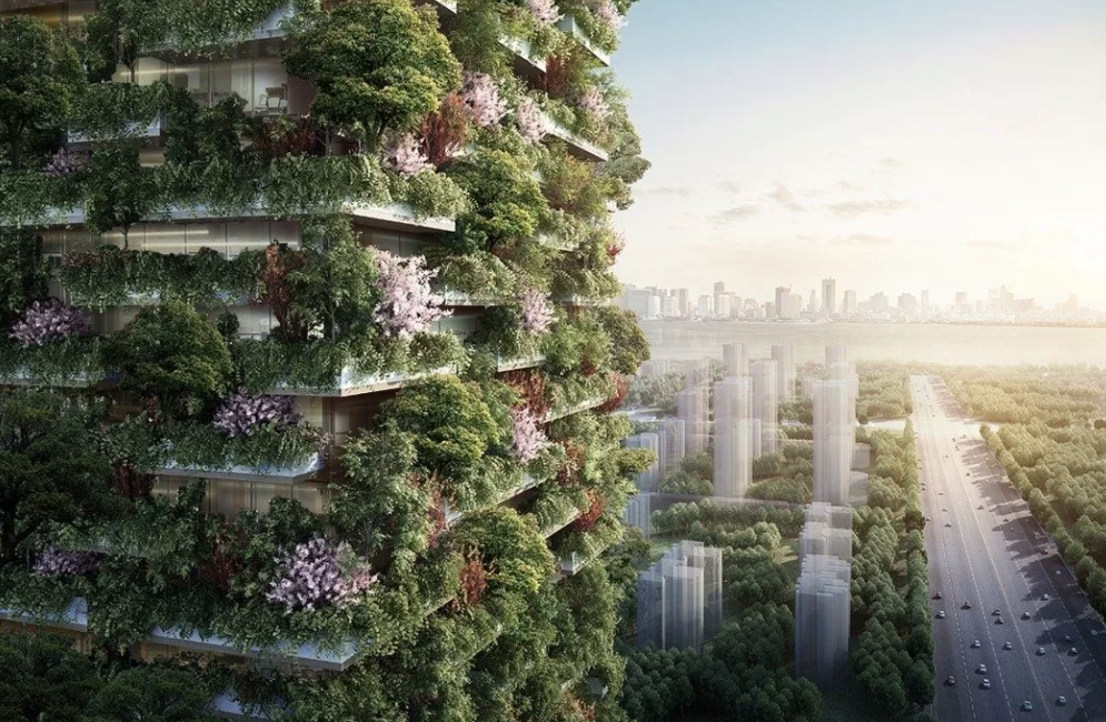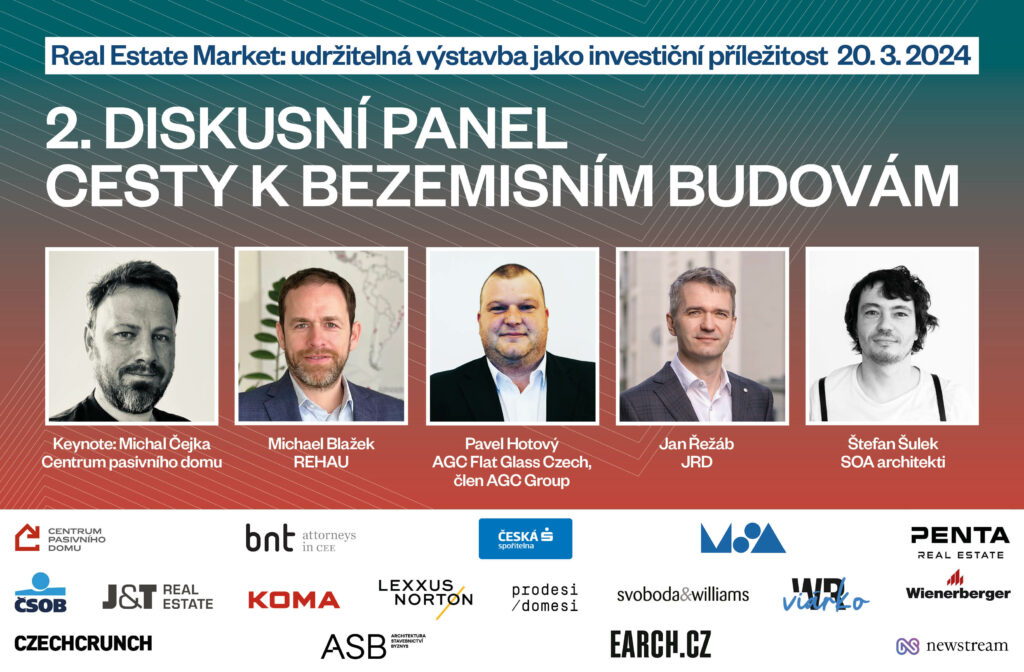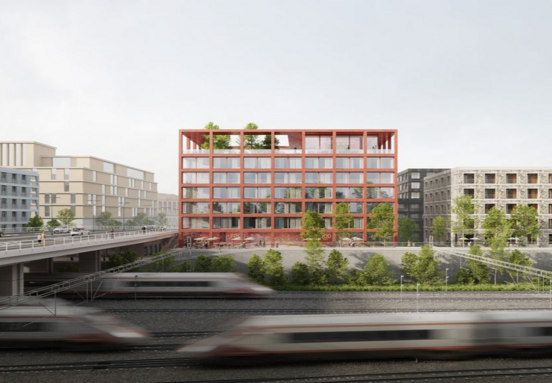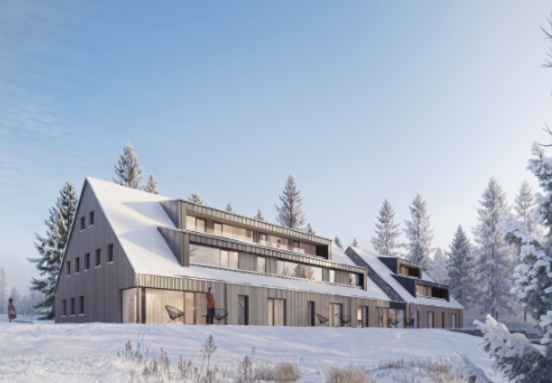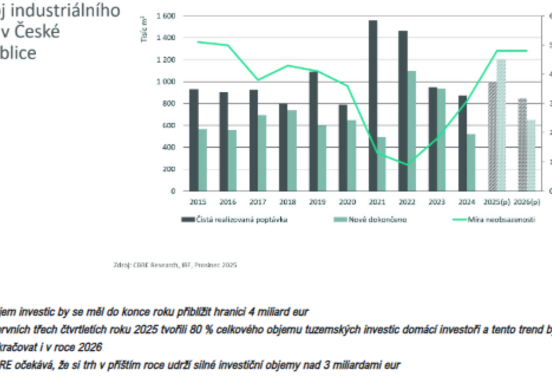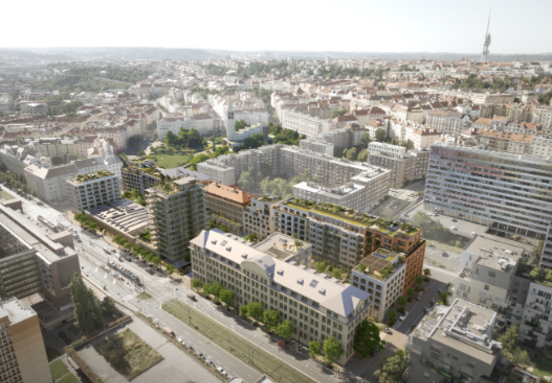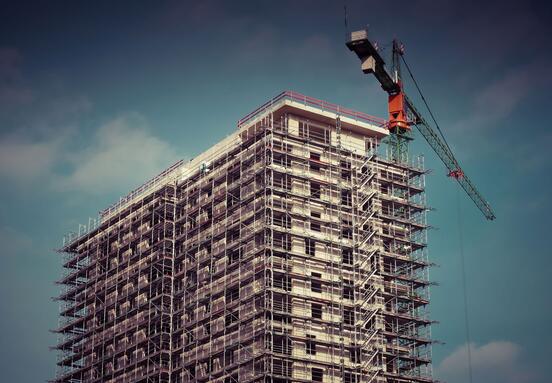Cleverly used technologies can move the project closer to ball neutrality, but they will not bring salvation by themselves. Especially when they are thoughtlessly layered on top of each other. The energy concept of the project is there precisely to define the appropriate composition of technologies in connection with the architectural-building concept.
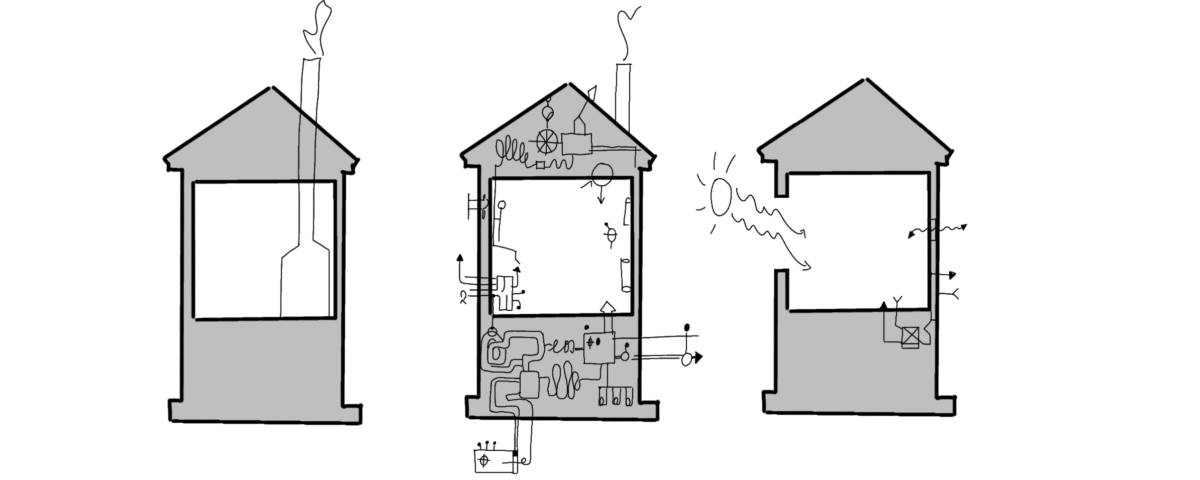
What are the benefits and limits of innovative technologies to achieve emission-free buildings? We asked this question in advance to the participants of the 2nd discussion panel: Roads to landless buildings within the 2nd year of the REAL ESTATE MARKET conference: SUSTAINABLE CONSTRUCTION AS AN INVESTMENT OPPORTUNITY. Judge for yourself what direction the discussion will take during the discussion panel based on their answers. As for the answer, that's my own opinion. Well, it will be interesting.
Pavel Hotový (AGC) focused on the limits related to the glazing of buildings: "In modern architecture, glass is a very popular material. Increasingly, its dimensions increase, and the glazed part of the building becomes the weakest element of the envelope of the building itself. It is therefore very important to design the glass correctly. This phase cannot be underestimated, either from the point of view of static design or thermal engineering. Properly selected glazing with a sufficient anti-sun function can reduce the costs of subsequent cooling of the building. Glaziers are constantly developing new types of low emissivity coatings that will work effectively and protect the building. When the glass is designed incorrectly from a thermal technical point of view, very often buildings overheat during the summer season and thus increase the consumption of electrical energy for cooling the building."
Jan Řežáb (JRD) sees an opportunity and at the same time a certain limit in the use of photovoltaics: "The way to get closer to emission-free operation of buildings is to produce part of the energy for operation from renewable sources directly on the building, for example in a rooftop photovoltaic power plant. The limit is that for large buildings, photovoltaics will produce only part of the required consumption. I see an opportunity especially in community energy, which will enable efficient sharing of energy between buildings. An important question is also how to realize houses with minimal or no consumption of various energies. Designing such houses is simply a joy.”
Michael Blažek (REHAU) emphasizes heating and cooling technologies: "Environmental responsibility of builders must necessarily be based not only on the architecture and quality of the project, but also on the technologies that make it possible to achieve the zero-emission status of buildings. It is always a complex solution where all attributes must work together and build on each other. A particularly monitored aspect is the way objects are heated and cooled. In this regard, the first thing to mention are large-area radiant systems, which benefit both from their principle of gradual heat/cold transfer over the whole area, and from the fact that it is a low-temperature system that fundamentally saves input energy. In connection with a heat pump, it is possible to achieve high efficiency and economy of operation. Incomparable comfort during use is also important. For new buildings, the BKT system is recommended, i.e. tempering of the concrete ceiling, in which the heating pipe is integrated into the concrete mass during implementation. From the point of view of the laws of physics, it seems to be an ideal solution to use the tempering of the concrete ceiling to cool the interior and the floor heating to heat it. BKT cannot often be used in renovations and conversions of existing buildings, which is why, for example, large-scale underfloor heating systems are suitable."
Štefan Šulek (SOA Architekti) summarizes the main advantages and limitations: "The advantages of technologies include reducing the carbon footprint, increasing energy efficiency and reducing operating costs. These technologies may include advanced insulation materials, intelligent building management systems, renewable energy sources and the use of passive solar gain. On the other hand, limits may include higher initial investment costs, the need for professional installation and maintenance, technological complexity, and possible limitations due to existing building standards and regulations. It can also be difficult to integrate some innovative technologies into older buildings.”
By 2050, all buildings in the EU will have to reach the level of zero-emission buildings. This path of decarbonisation of the building sector will mainly lead through quality building designs/renovations using materials and technologies with a low carbon footprint. This means a combination of high-quality insulation of the building envelope, a well-sealing, high-quality window and the installation of efficient technologies using renewable energy sources. Only properly incorporated material and technological innovations, both in new constructions and renovations, lead to carbon neutrality of buildings.
However, the main advantage and at the same time the limit of emission-free buildings will be the same knowledge that applies even today: The most expensive part of building a house is an unnecessarily enclosed cube, and the cheapest energy in the future is the one that the builder will not need. To this end, the Passive House Center has developed ten steps of the so-called "Ten". If an architect or designer uses at least 6 points out of ten, he meets the requirements for nZEB II. The first four points are more or less cost-free and are most often the responsibility of the architect. If he decides not to use them, the investor will have to consistently optimize the remaining 6 points. Using 9-10 decimal points will lead him to build a passive house. And since we can simply understand emission-free buildings as passive houses with a photovoltaic power plant, if all 10 points are met, we will also reach this standard.
